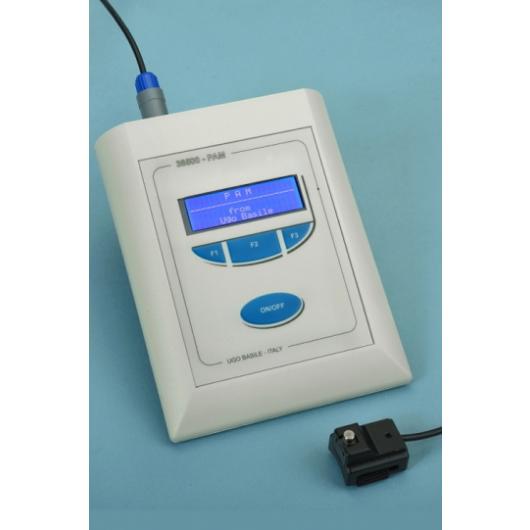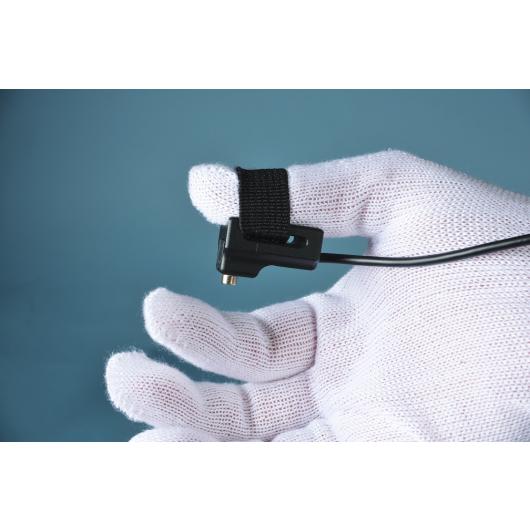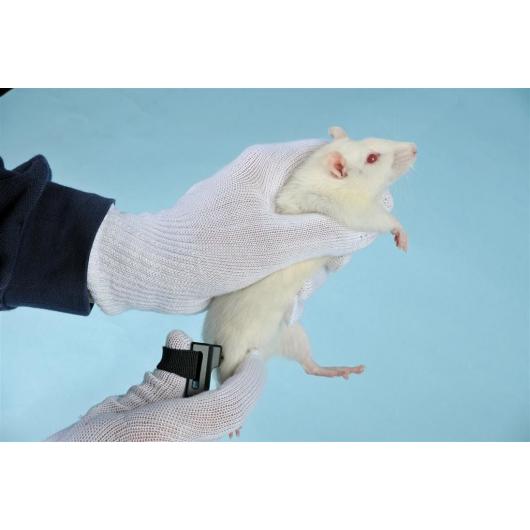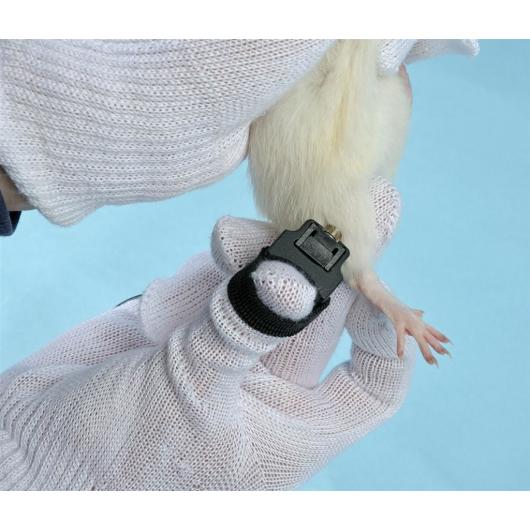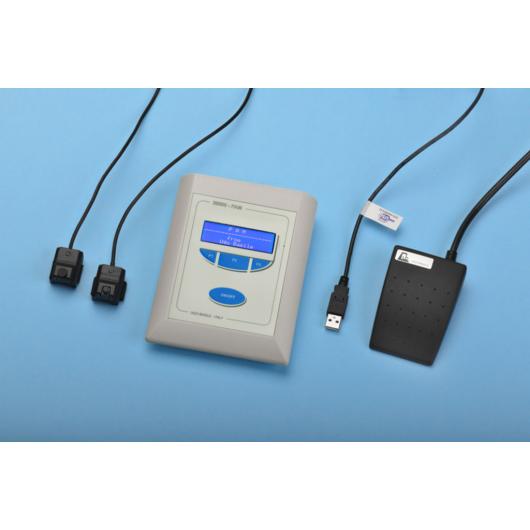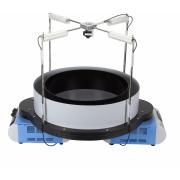




PAM Pressure Application Measurement (for joint pain)
Features
- Part of the BEEHIVE SYSTEM
- Retention latency detection
- Specifically designed for Mice and premature Rats
- Remote Control feature
- Great Versatility
Benefits
- The electronic unit encompasses all controls for up to 4 animal cages!
- Recorded down to 0.1seconds
- Two platforms supplied with the instrument
- Makes remote service and software upgrades extremely simple!
- The same controller can manage different conditioning tests. Ask for details!
Applications
Behavioral scientists are well acquainted with passive avoidance methods that have been used for several decades, originally by psychologists, who were interested in animal behavior.
These procedures were later exploited by neuroscientists, who specifically perform sys-tematic studies of the behavioral changes mainly produced by brain lesions, to define the functions of different C.N.S. sections.
The Passive Avoidance was soon extended to several other areas of research such as behavior genetics, psychopharmacology and behavioral toxicology.
More recently, such use has become routine in animal model studies of aging and of Alz-heimer-type dementia, including the search for new drugs of potential therapeutic value, consisting of attenuation of behavioral deficits.
The Passive Avoidance task is a one trial fear-motivated avoidance task, classically used to assess short-term or long-term memory on small laboratory animals (rodents).
Passive Avoidance is a broad term that includes an ample selection of methods and an equally wide variety of different versions of each method.
In our Passive Avoidance instrument one exploits the tendency to step down from a vi-brating, hence definitely uncomfortable floor section.

